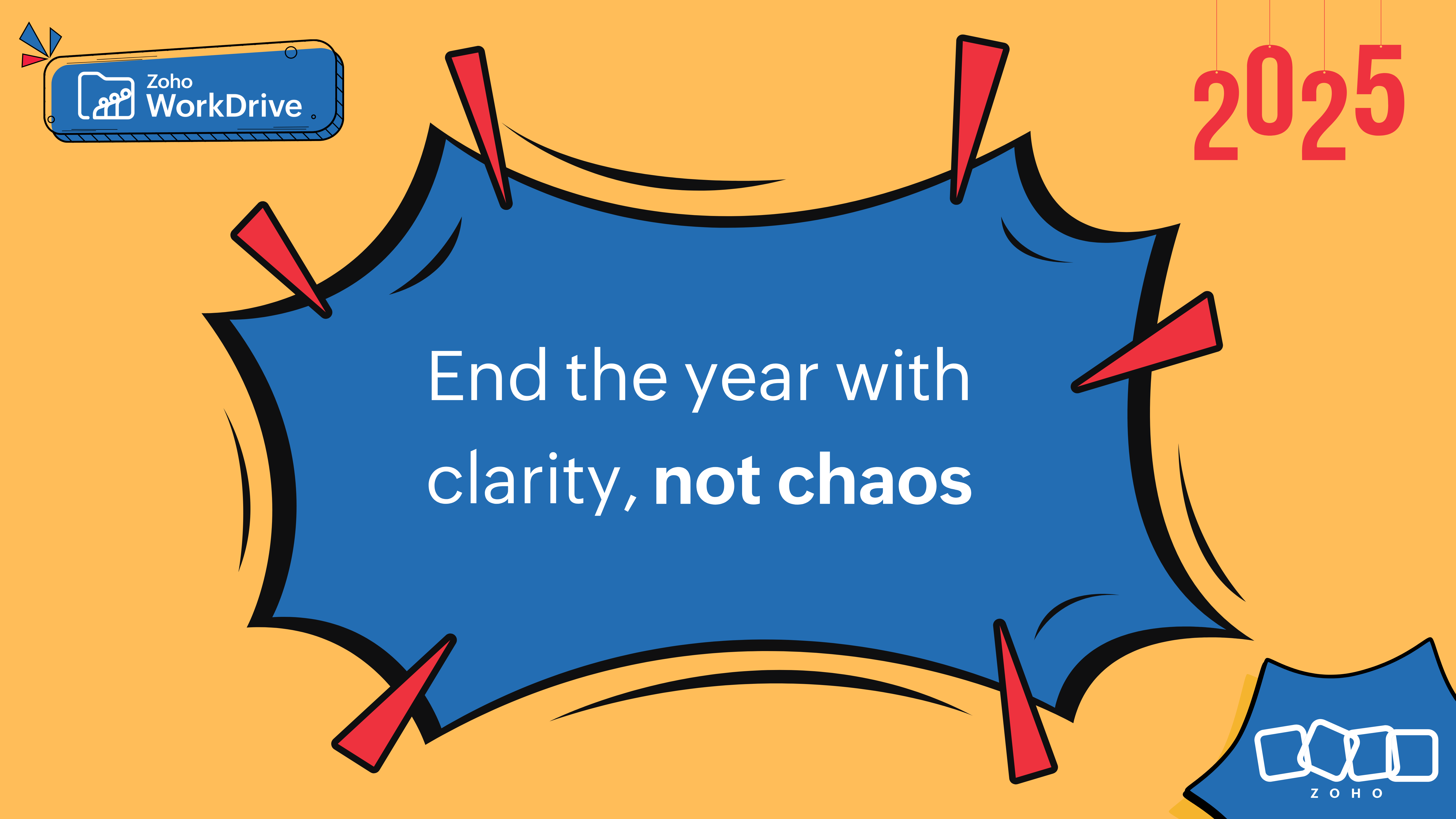- HOME
- Work Culture
- 5 ways managers can improve team collaboration
5 ways managers can improve team collaboration
- Last Updated : December 17, 2023
- 4.8K Views
- 4 Min Read

The common saying, “Teamwork makes the dream work” sounds nice, but the advice is incomplete.
If retaining your best resources, driving revenue, and engaging employees are important to your business model, teamwork is probably important to you as well.
Collaboration is a big topic in SMB circles today for a reason: it works. So how can managers generate new and better ideas and execute them successfully? By encouraging employees to work collaboratively. Managers have the most direct influence on team members they manage. They carry the responsibility for aligning the performance of their team and play a vital role in shaping organizational culture.
When a team has strong, united, and capable leadership, the benefits are extensive and hugely profitable. So what can you do as a leader or manager to create an environment of constructive collaboration, and then continue to grow a positive company culture?
Encourage teamwork as part of your company culture
Handling workplace collaboration comes down to three things: your company culture, workspace, and technology. Understanding what a team is and how it works is the first step for implementing teamwork culture into the organization.
One thing any manager can do to improve workplace collaboration is to lead by example. Having a defined set of values to hold up as a standard can direct your team’s culture in the right direction. The definition and nature of teams in the workplace is changing, adding another layer of complexity to foster strong collaboration. Great managers realize the importance of promoting teamwork and encouraging cross-collaboration.
Leverage employee strengths
Employees who know their own strengths can work together to form better partnerships, and more thoughtful partnerships will create stronger teams. Strong teams start with the individual.
According to a report by Gallup, people “who use their strengths every day are six times more likely to be engaged on the job,” which has a positive effect on the team’s performance and the company’s bottom line.
As Gallup’s research shows, “When employees feel their company cares and encourages them to make the most of their strengths, they are more likely to respond with increased discretionary effort, a stronger work ethic, and more enthusiasm and commitment.”
Show your team you recognize their talents and want them to succeed by assigning tasks that play to their respective strengths.
Recognize and reward your team’s work
Nothing demotivates your employees more than feeling that you don’t appreciate excellence. Employee recognition leads to increased engagement, productivity, and creativity.
If you are looking for ways to increase team collaboration, then recognizing and rewarding your employee’s efforts is one way of doing that. When they know they are being credited for their ideas and their contribution to a team effort, people are much more likely to work together better.
A 2016 study by the Harvard Business Review shows that 82% of employees feel that their efforts are not recognized enough by their supervisors. This lack of positive feedback is discouraging and may cause employees to refrain from actively participating in team-shared responsibility. In fact, 40% of employees surveyed said they would put in more effort if they thought it would be recognized.
Unite your employees with shared company values
Establishing a collaboration policy is just the beginning. Collaboration needs to be consistent and purposeful, with resources dedicated to its success. Most people tend to execute goals more efficiently when the beliefs that influence their choices are aligned with their teammates’ and leaders’ beliefs. In the absence of shared values and goals, organizations often suffer inefficiencies, lack of focus, and ultimately, strategic failure.
When a team understands the role they play in helping the organization meet its goals, and the role that collaboration within their team, they are more likely to make a meaningful contribution in the team setting. Make your organization’s values and goals clear so your teams can fully invest in doing their part.
Be transparent with company goals and objectives
Most organizations think open floor plans, monthly staff meetings, and detailed reports equal transparency. But that isn’t all: transparency needs to be the core of your company values. Transparency in the workplace requires both great technology and a culture centered on openness.
A transparent work environment leads to greater trust, and trust in an organization is essential to its success, so managers should ensure everyone in the company knows where to turn when they need information.
Give your employees the software they need to communicate and collaborate
Thanks to modern technology, the global workforce has had a massive shift in the last few years and changes are accelerating faster now than ever before.
These advancements have made it easier for teams to work together better, both in the office and from great distances. Whether your team is centrally located or operates in several different facilities across the world, utilizing the best tools in your business environment makes a big difference for effective collaboration. It’s essential to choose the right tools.
Effective collaboration tools come in many forms and fulfill many functions, such as file sharing, video conferencing and enterprise chat tools. Each of these technologies aims to increase productivity and keep everyone connected while eliminating excessive email chains and tedious meetings. There is a variety of work management tools to help managers create a transparent culture in their teams, so it’s important to weigh the options carefully and find the right fit for your team.
In conclusion
Seamless and effective collaboration requires effort. However, the work involved in making those changes can produce transformative results. Fortunately, there are a variety of resources and methods leaders can utilize to create a collaborative workplace and improve team dynamics. Use these five strategies to promote healthy collaboration at your organization and reap the benefits of success.


